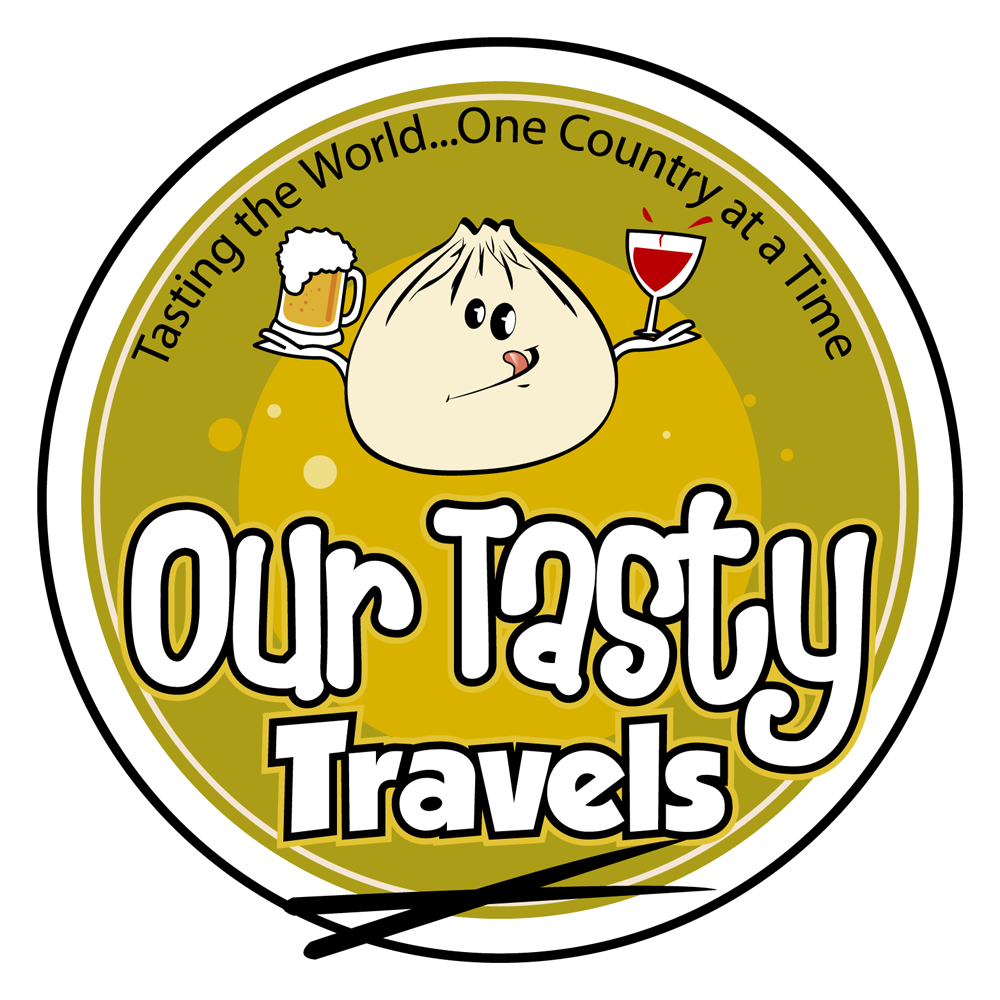When you think of South American wine, Malbec from Argentina is likely the first one that pops into your head. However, there is much more to the wines of South America than just that one varietal. Sometimes, Chile gets a bad rap for putting out only cheap production wines, but there is a lot of quality wine being produced in the geographically rich country. Much of Chile’s terrain shares similarities with some of the world’s great wine regions, something that was not lost on winemakers in Europe.
If you’re planning a road trip through Chile to explore some of the country’s notable wine regions, and are unfamiliar with Chilean wine, here’s a primer to get you started.
Chile’s Geography and Wine History

Although Chilean wines primarily became popular in the 1980’s once they were exported out of the country, Chile’s wine production dates back hundreds of years.
Chile’s location is ideal for wine growing, with boundaries of desert, ocean, mountains, and ice helping form a natural barrier of sorts. The climate tends to be more Mediterranean, and the geographical traits have helped Chile remain one of the only locations in the world that is resistant to phylloxera, the louse that destroyed many of the world’s best vineyards in the 1800’s.
To ensure Chilean vineyards never suffer the damage that occurred hundreds of years ago in other parts of the world, experts continue to experiment with vines to create varieties that will help resist other natural pests as noted by sites like insightpest.com/timberwood-park/. Chile also takes a very strict position on imported rootstock — it must remain isolated for several years to ensure any pests have been eliminated.
While Chile worked hard to protect itself against pests, it couldn’t have protected itself from other unforeseen natural disasters, like the 8.8 earthquake that struck in 2010 and caused significant damage to a large area of the country’s vineyards.
Chile’s prime terroir has attracted the attention of many notable European and American winemakers who have owned their own wineries or started partnerships with local vintners. Robert Mondavi (California), Miguel A. Torres (Catalunya), and Chateau Mouton Rothschild (France) are just a few of the international names that are now linked with Chilean wines.
Carménère, France’s Lost Grape

When winemakers were importing rootstock from France, no one knew that the Carménère grape, which was one of the six allowed red grapes for Bordeaux varietals, would become nearly extinct during the phylloxera outbreak. Although it is part of the same family as Cabernet Sauvignon,Carménère more resembles Merlot and the two were often confused when the rootstock was imported. Unknowingly, many vineyards hadCarménère plantings interspersed with Merlot plantings. It wasn’t until the 1990’s that a local researcher discoveredCarménère vines planted alongside Merlot vines. The mixture of these vines is one of the primary reasons you’ll find that Merlot from Chile tastes different.
Chile’s Wine Regions

Chile is a great place for wine lovers to visit, as much of the country is home to vineyards.
The Maipo Valley is the most historic region and where the Spaniards started planting vines back in the 16th century. Be sure to try Cabernet Sauvignon wines from here as you’ll encounter some of the best quality offerings thanks to its geographical conditions.
Another important Chilean wine region is Colchagua Valley, whose terroir is often compared to California’s Napa Valley. You’ll find some great Cabernet Sauvignon,Carménère, Malbec, and Syrah wines here.
If you’re headed out towards the Pacific Coast areas, make a stop in the Casablanca Valley. Fog, salty air, and cool breezes help varietals like Sauvignon Blanc and Chardonnay prosper. You’ll find notable cool-climate reds like Syrah and Pinot Noir as well. Casablanca Valley is one of Chile’s newest planted regions, but the wines are showing considerable promise.
For a sample road trip itinerary, Travel + Leisure put together a cool Chile Wine Trail trip that covers 360 miles of gorgeous wine country!
This post was in partnership with Alamo Rental Car, but as always, thoughts and opinions are my own.











5 comments
Thanks so much for the tips! I’m already a big fan of Chilean wines, but now I’m even more eager to try some more
Ah, a lesson in Chilean wines, thanks for the education….up next a tasting I hope….
Stay Tasting the Vine, Craig
I love wine! Travelling in South America, I found it hard to find any at all until I got as far south as Bolivia. But the real love affair started in Chile. Your guide to the wine regions is really useful. Thanks!
Great post. I love Chilean wine, it is really affordable. I discovered Carmenere when I spent a day in Colchagua Valley and now it is one of my favorite red wines.
Definitely chilean wines are great but don’t think in Argentina jus for malbec, Mendoza is starting to produce an amazing Cabernet Franc to be more competitive betwen the wines of the world.
http://www.mendozaprivatewinetour.com